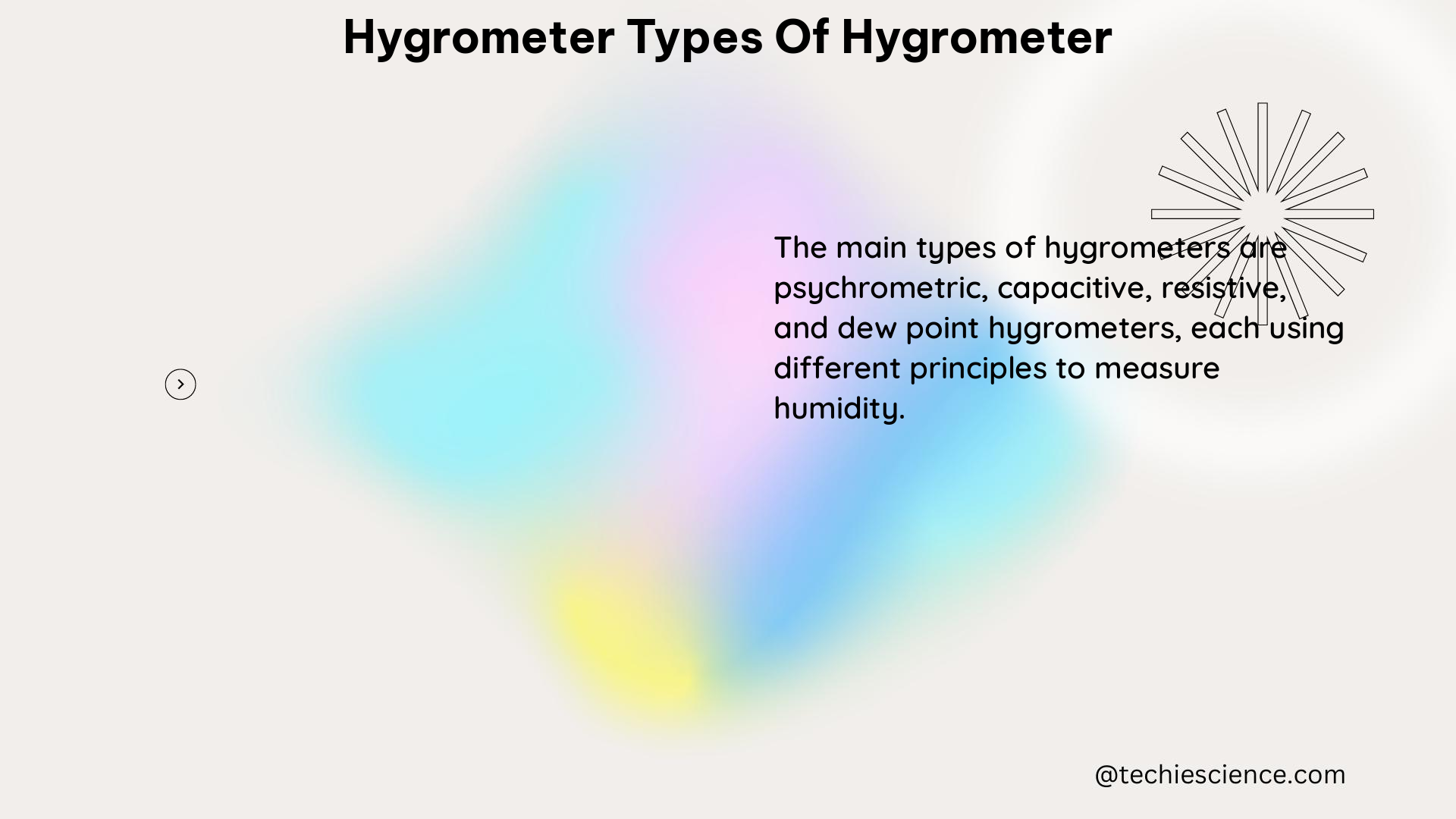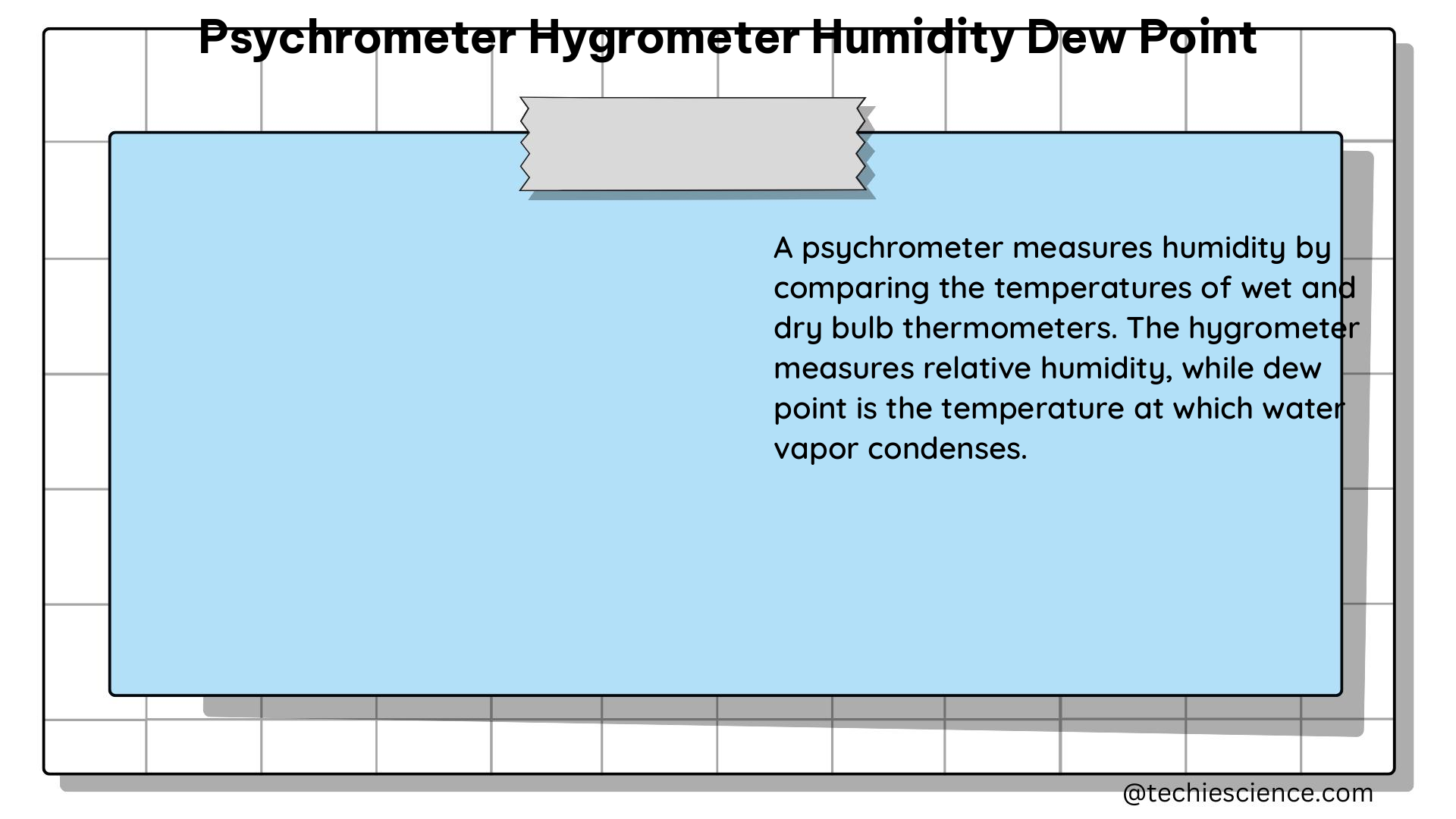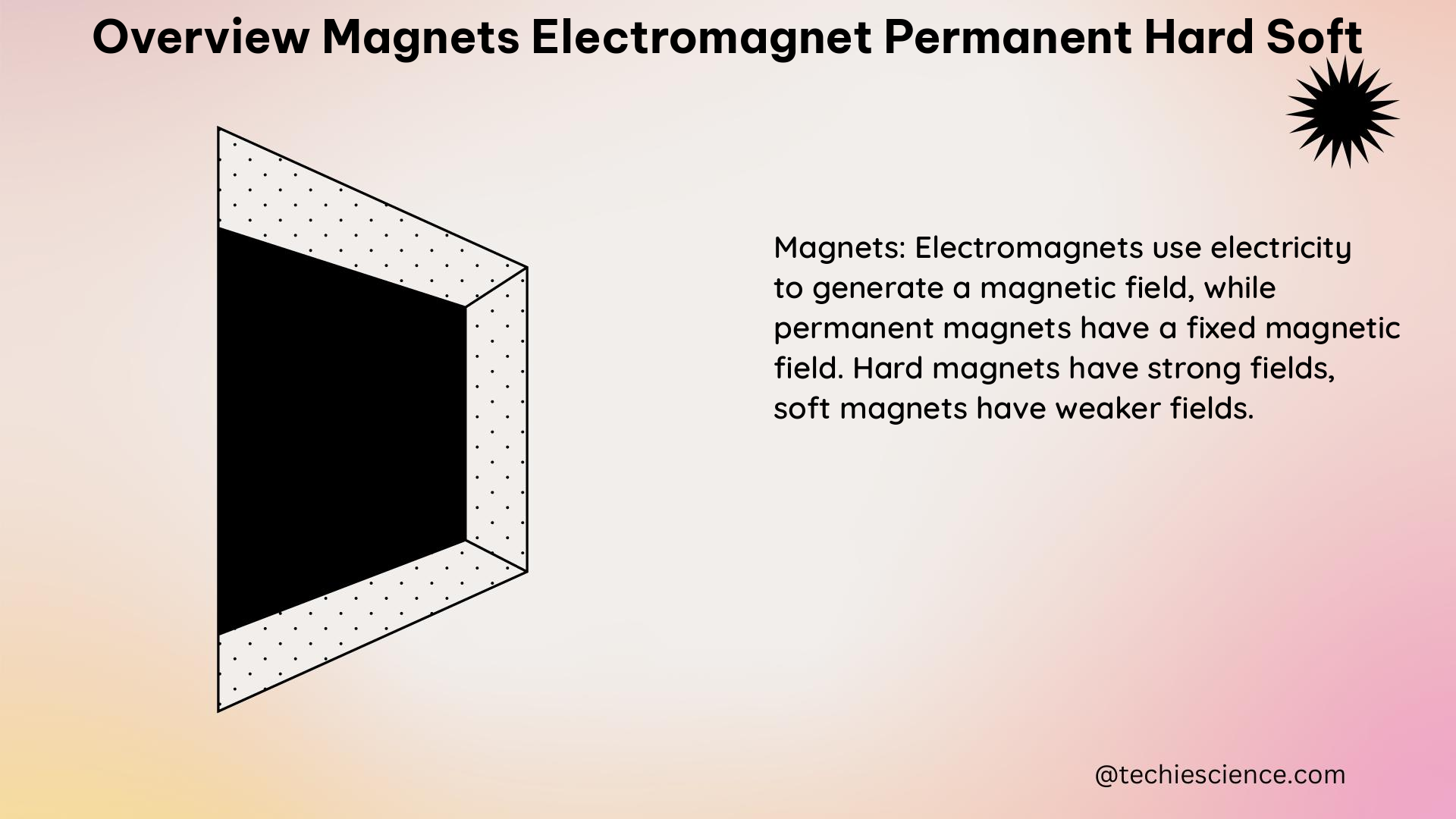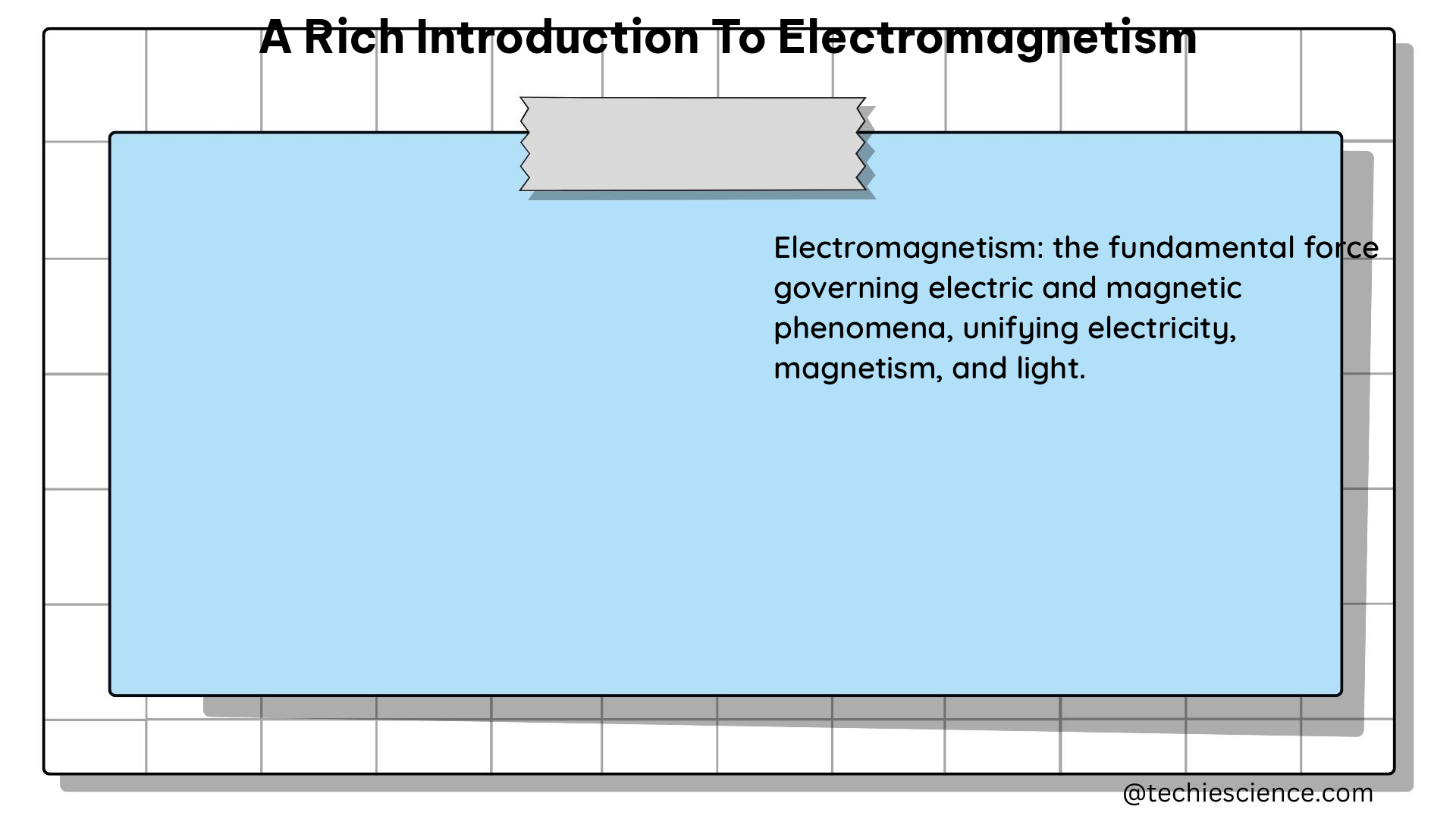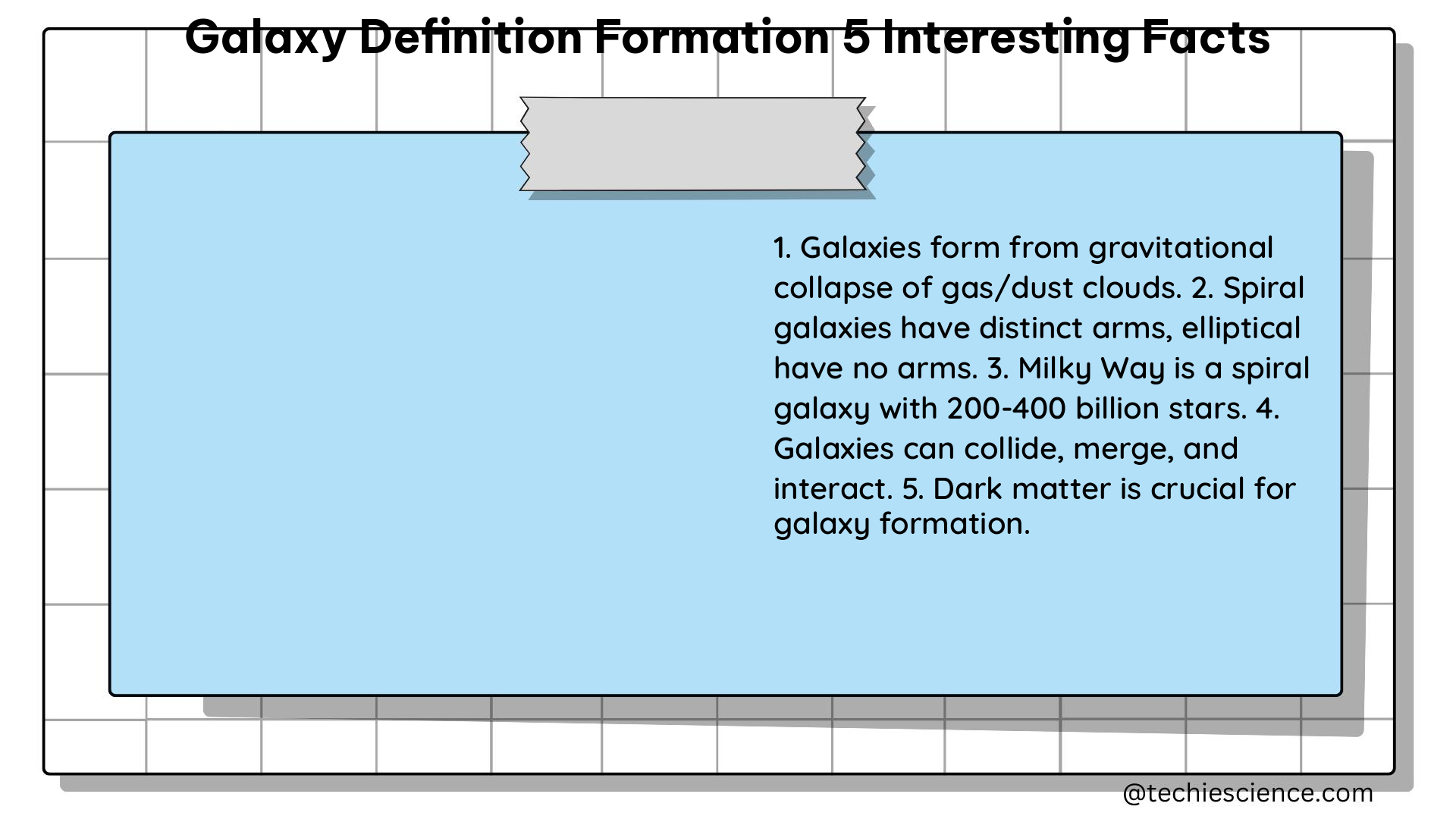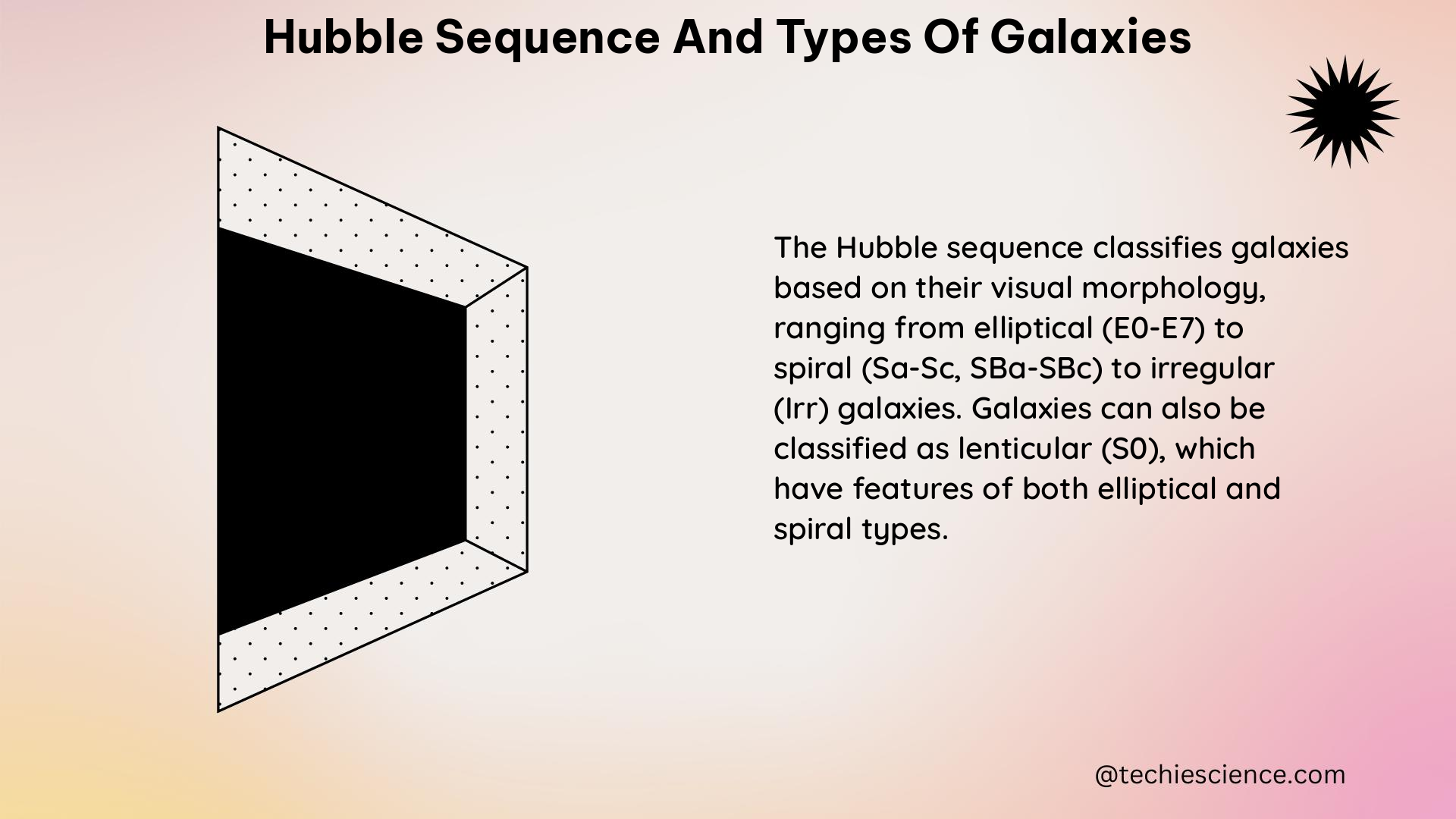Micrometers are precision measuring instruments used to accurately measure small dimensions, often down to the micrometer (μm) or even sub-micrometer scale. Understanding the different types of micrometers and their important technical specifications is crucial for anyone working in fields such as engineering, manufacturing, or scientific research. This comprehensive guide will delve into the various micrometer types, their key features, and the essential facts you need to know to become a master of micrometer measurements.
Micrometer Types: Exploring the Diversity of Precision Measurement
1. Outside Micrometers
Outside micrometers are the most common type of micrometer, designed to measure the outer dimensions of objects. These instruments feature two anvils, one fixed and one movable, allowing you to precisely measure the thickness, diameter, or width of a wide range of components. The most popular type of outside micrometer is the caliper micrometer, which has a C-shaped frame that provides easy access to the measurement area.
2. Inside Micrometers
Inside micrometers are specifically designed to measure internal dimensions, such as the inside diameter of a wheel or the depth of a hole. These micrometers typically have a U-shaped frame with a spindle that can be inserted into the opening to be measured. The measurement is taken by the distance between the spindle and the fixed anvil.
3. Depth Micrometers
Depth micrometers are used to measure the depth of features, such as holes, slots, or recesses. These instruments have a flat, circular base that is placed on the surface, and a spindle that can be lowered into the feature to measure its depth. Depth micrometers are essential for ensuring accurate measurements in a variety of engineering and manufacturing applications.
4. Tube Micrometers
Tube micrometers are specialized instruments used to measure the thickness of pipes, tubes, or other cylindrical objects. These micrometers have a U-shaped frame with a spindle that can be positioned around the circumference of the tube to obtain the thickness measurement. Tube micrometers are commonly used in industrial settings where precise pipe measurements are required.
5. Bore Micrometers (Tri-Mic)
Bore micrometers, also known as Tri-Mics, are designed to measure the internal diameter of pipes, tubes, cylinders, and other cylindrical cavities. These micrometers feature multiple anvils that make contact with the inner surface of the object, allowing for a more accurate and stable measurement. Bore micrometers are essential for quality control and inspection in various manufacturing processes.
Important Facts: Mastering Micrometer Measurements
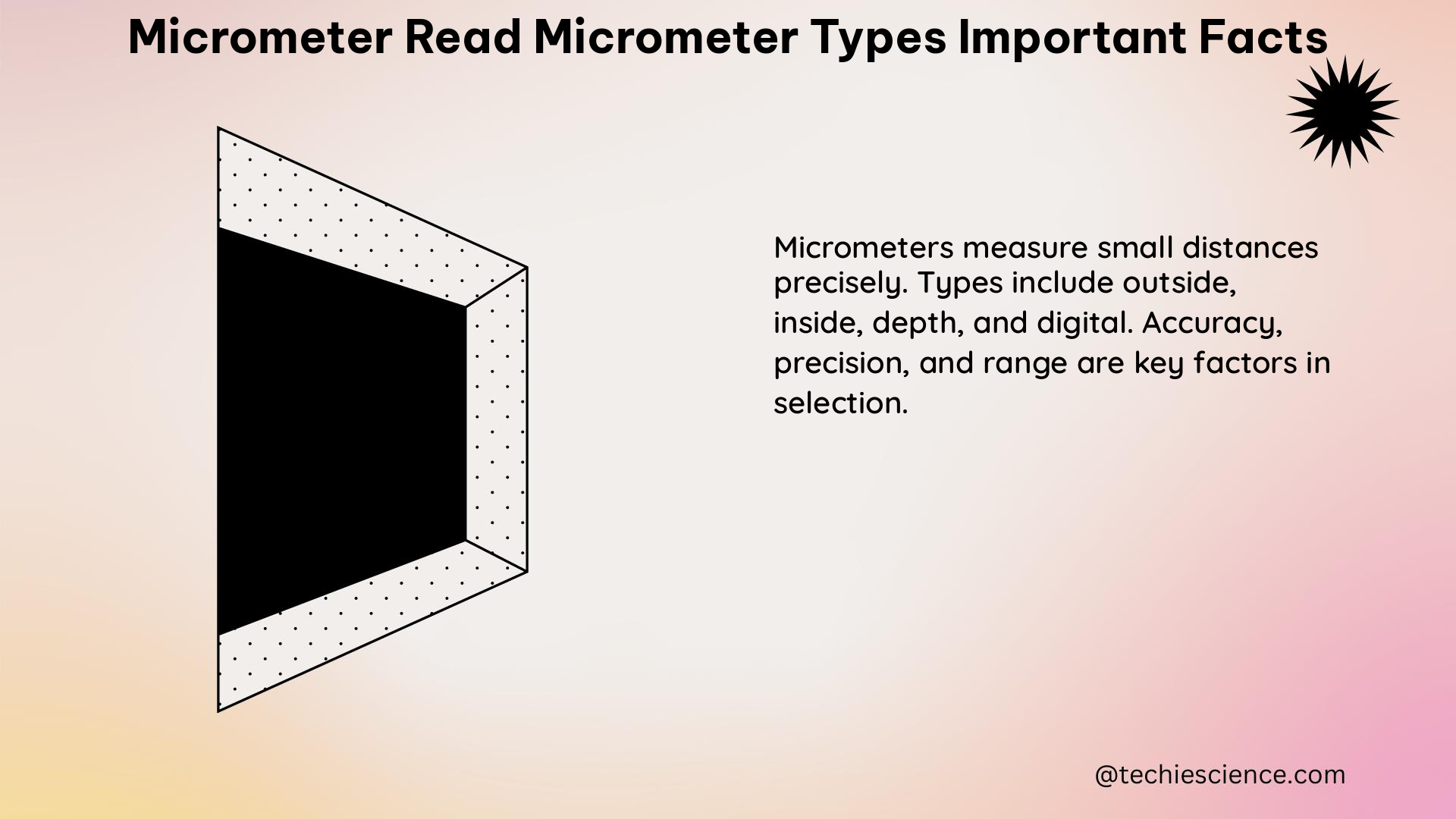
1. Measurement Unit
The standard unit of measurement for micrometers is the micrometer or micron (μm), which is one-millionth of a meter (1 μm = 0.001 mm). This unit of measurement allows for the precise quantification of small dimensions, making micrometers indispensable in fields that require high-precision measurements.
2. Measurement Range
Most standard micrometers have a measuring range from 0 to 25 mm, but larger micrometers can measure up to 1000 mm. Additionally, micrometers with higher resolution can measure down to 0.001 mm, providing an exceptional level of precision for specialized applications.
3. Accuracy
Micrometers follow Abbe’s principle, which states that the measurement target and the scale of the measuring instrument must be collinear in the measurement direction to ensure high accuracy. This principle, combined with the precise manufacturing of micrometers, allows for reliable and repeatable measurements.
4. Calibration
Proper calibration is essential for maintaining the accuracy of micrometers. The recommended calibration interval for micrometers is typically between 3 months to 1 year, depending on the frequency of use and the environment in which they are used. Calibration involves ensuring that the horizontal line on the sleeve lines up with the ‘0’ on the thimble, ensuring the micrometer is reading accurately.
5. Maintenance
Proper maintenance of micrometers is crucial for their longevity and continued accuracy. Before and after use, the measuring faces should be cleaned to remove any oil, dust, or dirt that may have accumulated. Additionally, micrometers should be stored in an environment free of heat, dust, humidity, oil, and mist to prevent damage and ensure reliable measurements.
Technical Specifications: Delving into the Details
1. Resolution
Micrometers can measure in units of 1 μm, with the most precise models capable of measuring down to 0.001 mm. This high resolution allows for the accurate measurement of even the smallest of components, making micrometers essential tools in various industries.
2. Measurement Steps
To read a micrometer measurement, follow these four steps:
1. Read the sleeve measurement.
2. Read the thimble measurement.
3. Read the vernier measurement (if applicable).
4. Add the measurements together to obtain the final result.
Understanding these steps is crucial for accurately interpreting the measurements displayed on the micrometer, ensuring reliable and consistent results.
Reference Links
- Keyence – Micrometers | Measurement System Types and Characteristics
-
https://www.keyence.com/ss/products/measure-sys/measurement-selection/type/micrometer.jsp
-
Regional Tech – Micrometers Ultimate Guide for Beginners
-
-
Travers Tool – How To Read A Micrometer
- https://solutions.travers.com/metalworking-machining/measuring-inspection/how-to-read-a-micrometer
By mastering the different types of micrometers and their important technical specifications, you’ll be well-equipped to tackle a wide range of precision measurement challenges in your field. Whether you’re an engineer, a scientist, or a technician, this comprehensive guide will empower you to become a true expert in micrometer measurements.
